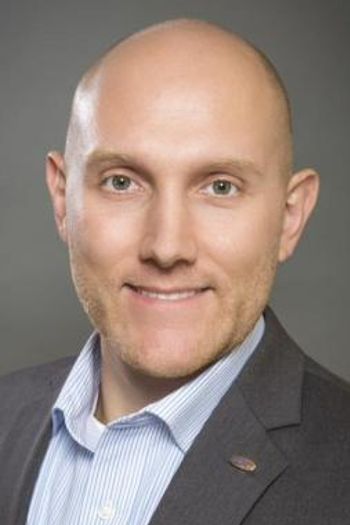
CMS pay-for-performance measures flawed
This problem represents yet one more example of CMS’ ill-advised attempts to dictate what transpires in the course of the doctor-patient encounter.
Diabetes management is a hallmark of various
Further reading:
To be clear: diabetic neuropathy, with or without associated peripheral vascular disease, can lead to foot ulcers and limb loss. The resulting physical and psychological burden placed on patients and their families is tremendous. Based on the pervasiveness of the annual diabetic foot exam as a
As Arad, et al outline in their 2011 review, “…the evidence for most of the interventions to prevent a foot ulcer falls short. Clinicians lack guidance on what to do after a patient loses sensation. Anecdotally, many keep testing repeatedly with a monofilament, at scheduled intervals, although sensation rarely returns. The benefit of enhanced patient education or more intensive caretaker involvement, specialized footwear, surgical debridement of calluses, bone resection at pressure points, or decompression or neurolysis of the peroneal and tibial nerves is not supported by randomized clinical trials.”
In addition, it is not clear that monofilament exams reliably detect diabetic neuropathy in the first place.
Another truth: not all patients with diabetes are the same. A generally healthy, active 68 year old with diabetes who is well informed about his condition and potential complications and who inspects his feet every night is not the same person as an 88 year old with diabetes, visual impairment, gait disturbance, and dementia.
Trending:
At least in the first instance, the patient’s physician should be able to use his or her discretion and forgo the yearly DFE, instead spending valuable visit time addressing matters more relevant to the individual patient. But under P4P, CMS has implemented a system of coercive clinical practice guidelines, such that “physician discretion” and “the individual patient” have become obsolete concepts.
As I have outlined previously, an even more disturbing feature of medical practice under P4P is the lack of patient awareness of the physician’s financial conflict. In other words, patients assume that the physician’s actions are guided by his or her duty to promote patient wellbeing.
In my experience, almost all patients react with surprise and alarm when they are made aware that their care is being determined in part by outside financial forces. So it is not hard to imagine a scenario whereby patients, having become aware that Medicare-participating doctors are critically conflicted, seek out doctors who operate outside of the Medicare system.
In that sense, direct primary care may well flourish not so much as a result of fed-up, burned-out physicians leaving insurance-based practice and having their loyal patients follow - but due to fed-up patients who insist on seeing physicians who are able to allow individual patient wellbeing to assume paramount importance in the doctor-patient relationship.
Hot topic:
Unfortunately, there will be patients who want such a relationship with their doctor, but who for financial reasons must continue to receive care based on the flawed CMS model. If and when this two-tier healthcare system becomes reality, it won’t be a result of physician greed or market failure. It will be the consequence of CMS hubris driving patients with resources to seek quality care.
Newsletter
Stay informed and empowered with Medical Economics enewsletter, delivering expert insights, financial strategies, practice management tips and technology trends — tailored for today’s physicians.








